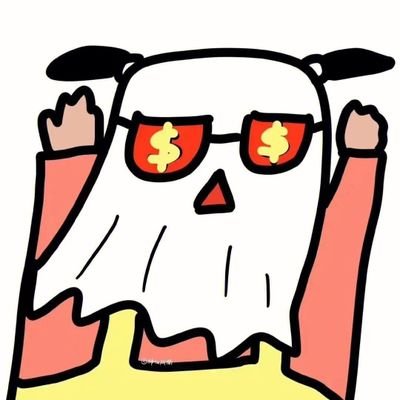How does the dealer sit in the village and harvest leeks, and the whole process exposes "collectible dry goods" Analysis→ opening a position→ trial disk→ consolidation → initial rise→ washing → pulling up→ shipment → rebound→ smashing → cycle of reincarnation... 1️⃣ Preparation stage Before the dealer starts to intervene in a certain currency target, it will comprehensively collect all aspects of the project, including the total number of chips, unlocking for accurate statistics, the cost of investors at all levels, the dispersion of chips, and the evaluation of community popularity. Once the information is gathered, they set a target based on the amount of money they can mobilize. (e.g. altcoins, self-issued coins are ignored) 2️⃣ Position opening stage Before opening a position, the market maker will carry out a variety of research and research, covering market sentiment, BTC market trend in the currency circle, macro, policy risks, etc. Typically, market makers enter the market...
Show original
28.58K
8
The content on this page is provided by third parties. Unless otherwise stated, OKX is not the author of the cited article(s) and does not claim any copyright in the materials. The content is provided for informational purposes only and does not represent the views of OKX. It is not intended to be an endorsement of any kind and should not be considered investment advice or a solicitation to buy or sell digital assets. To the extent generative AI is utilized to provide summaries or other information, such AI generated content may be inaccurate or inconsistent. Please read the linked article for more details and information. OKX is not responsible for content hosted on third party sites. Digital asset holdings, including stablecoins and NFTs, involve a high degree of risk and can fluctuate greatly. You should carefully consider whether trading or holding digital assets is suitable for you in light of your financial condition.

